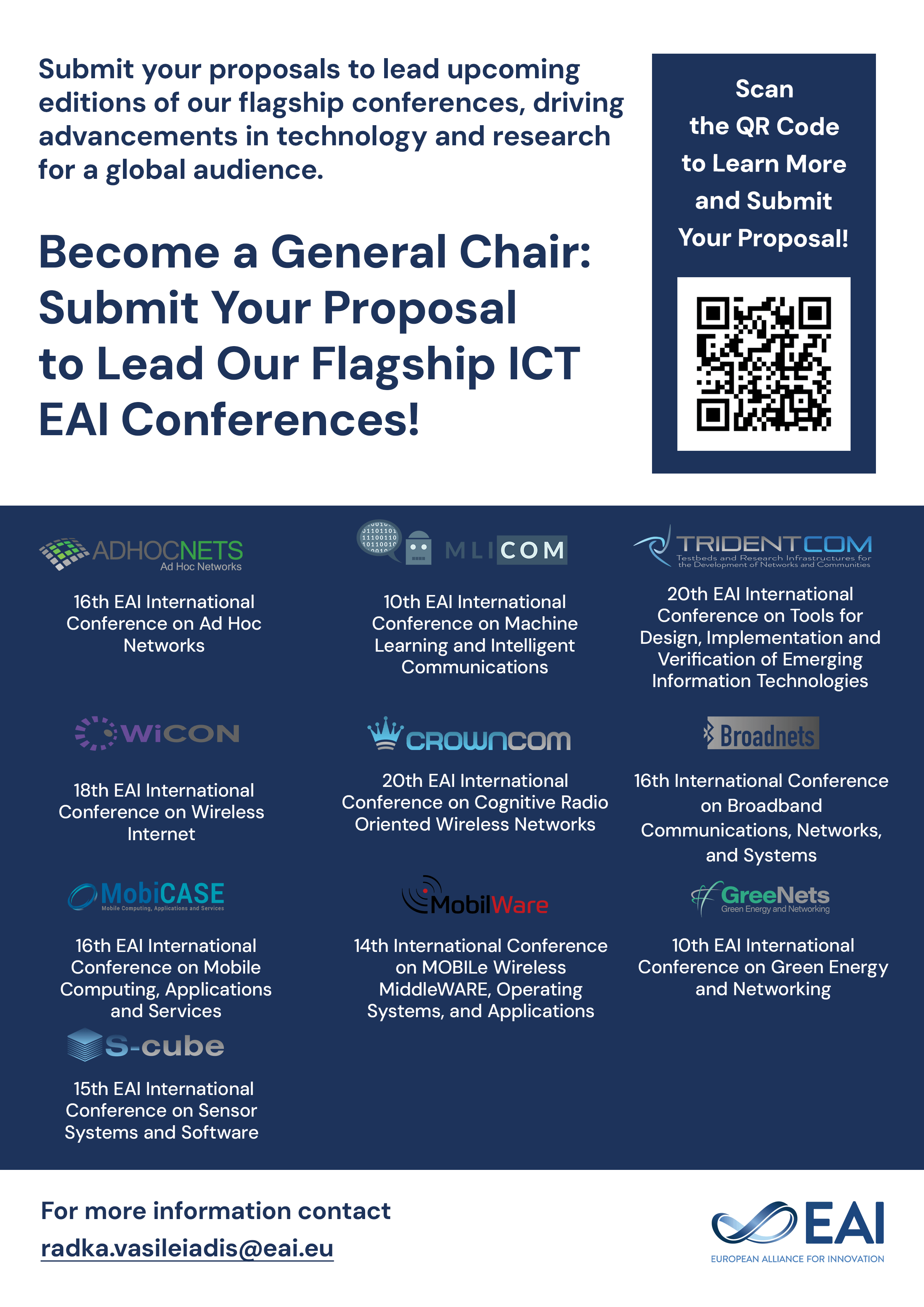
Research Article
On technological aspects of active ageing
@INPROCEEDINGS{10.4108/ICST.PERVASIVEHEALTH2010.8911, author={Hamideh Afsarmanesh and Simon S. Msanjila and Luis M. Camarinha-Matos}, title={On technological aspects of active ageing}, proceedings={AGEmap Workshop (PervasiveHealth 2010)}, proceedings_a={AGEMAP}, year={2010}, month={6}, keywords={Collaborative networks active ageing Roadmap Technical perspective of active ageing}, doi={10.4108/ICST.PERVASIVEHEALTH2010.8911} }- Hamideh Afsarmanesh
Simon S. Msanjila
Luis M. Camarinha-Matos
Year: 2010
On technological aspects of active ageing
AGEMAP
IEEE
DOI: 10.4108/ICST.PERVASIVEHEALTH2010.8911
Abstract
The ePAL initiative aims at developing a roadmap for extension of professional active life of the retiring and retired knowledge workers in Europe. Three specific perspectives are identified in this roadmap, and defined to comprehensively address relevant dimensions of the ePAL environment. These include: (1) the technological perspective that addresses both the needed technology and the support services, (2) the societal perspective that addresses both the human factors and the societal aspects, and (3) the Organizational perspective that addresses both the economical managerial aspects and the governmental aspects of these environments. This paper however aims to zoom in on the technological perspective of the ePAL. It introduces the four main ICT research and development areas that are identified for strengthening and realization of active ageing. The technological perspective of the ePAL's vision constitutes a substantial part of the ePAL roadmap recommendation results. The paper further addresses the state of the art in each of these four areas and exemplifies their application needs in the ePAL environment.


